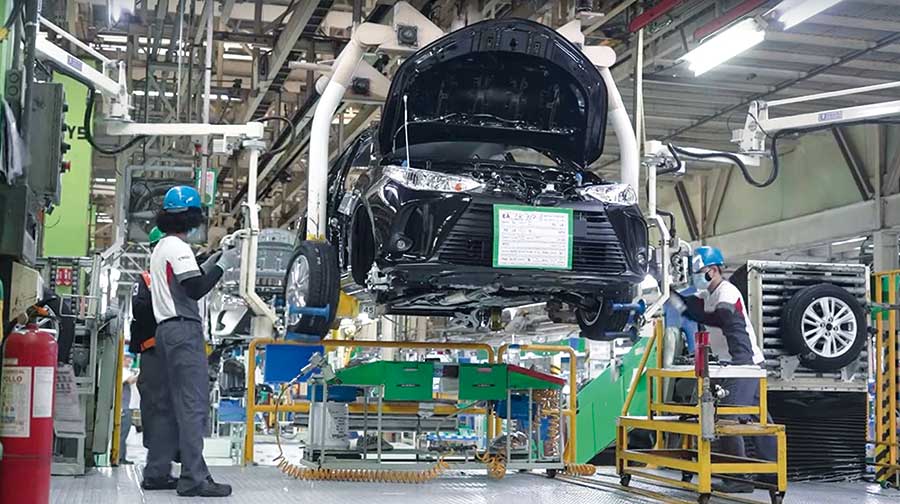The Department of Transportation (DOTr) and the Manila International Airport Authority (MIAA) have opted to conduct a public bidding for the 15-year contract to modernize and expand the country’s main gateway, Ninoy Aquino International Airport (NAIA).
Last Friday, the DOTr and MIAA submitted a joint proposal for NAIA’s solicited public-private partnership (PPP) project for approval by the National Economic and Development Authority Board headed by President Ferdinand Marcos Jr.
The private concessionaire will have 15 years to operate the airport and recover its investment — a period meant to ensure there is sufficient capacity to meet the growing demand in the Greater Capital Region, while new airports elsewhere in the region are still at various stages of development and planning, the DOTr said in a statement.
The submission by DOTr and MIAA of the solicited bid came after they completed the 35-day evaluation of the over $100-billion unsolicited proposal submitted by Manila International Airport Consortium (MIAC).
MIAC is composed of Alliance Global Group Inc., Aboitiz InfraCapital Inc., AC Infrastructure Holdings Corp., Infracorp Development Inc., Filinvest Development Corp. and JG Summit Infrastructure Holdings Corp. that have teamed up with US-based Global Infrastructure Partners.
The DOTr received the unsolicited proposal last April 27. But it is yet to announce the results of the evaluation
Under the solicited bid, the project may be implemented through public bidding or direct negotiation. The direct negotiation mode shall be resorted to when there is only one complying bidder left.
The NAIA project aims to increase the capacity of the airport and to ensure safe operations while significantly improving the passenger experience through shorter waiting and processing times, more comfortable and modern facilities, and better connectivity between terminals.
To achieve these, the government will require a private concessionaire to invest in modern air traffic control equipment, rehabilitate runways and taxiways, and improve existing terminal facilities.
“Cebu and Clark have shown that when given the chance, private companies can provide excellent airport services to Filipino travelers and visitors to the Philippines. With this project, it is our goal that travelers to and from Manila, our country’s main international gateway, also benefit from the improvements in efficiency and service that world-class airport operators and investors can bring,” said DOTr Secretary Jaime Bautista.
The solicited and unsolicited modes are the strategies being undertaken by the DOTr and MIAA, with the assistance of their transaction advisor, the Asian Development Bank.
Earlier, Bautista noted the need to expand NAIA along with three other major airports in Luzon to address the anticipated surge in air passenger traffic to 100 million by 2040, from 40 million to 45 million currently.
Aside from NAIA, DOTr is also fast-tracking the PPP projects for nine regional gateways that include the Laguindingan, Bohol-Panglao, Bicol International Airport, Iloilo, Puerto Princesa, Davao, Bacolod and Kalibo airports.
Other projects such as the unsolicited proposals for the Iloilo, Puerto Princesa, Davao, Bacolod and Kalibo airports are still undergoing review of the amended proposals.





